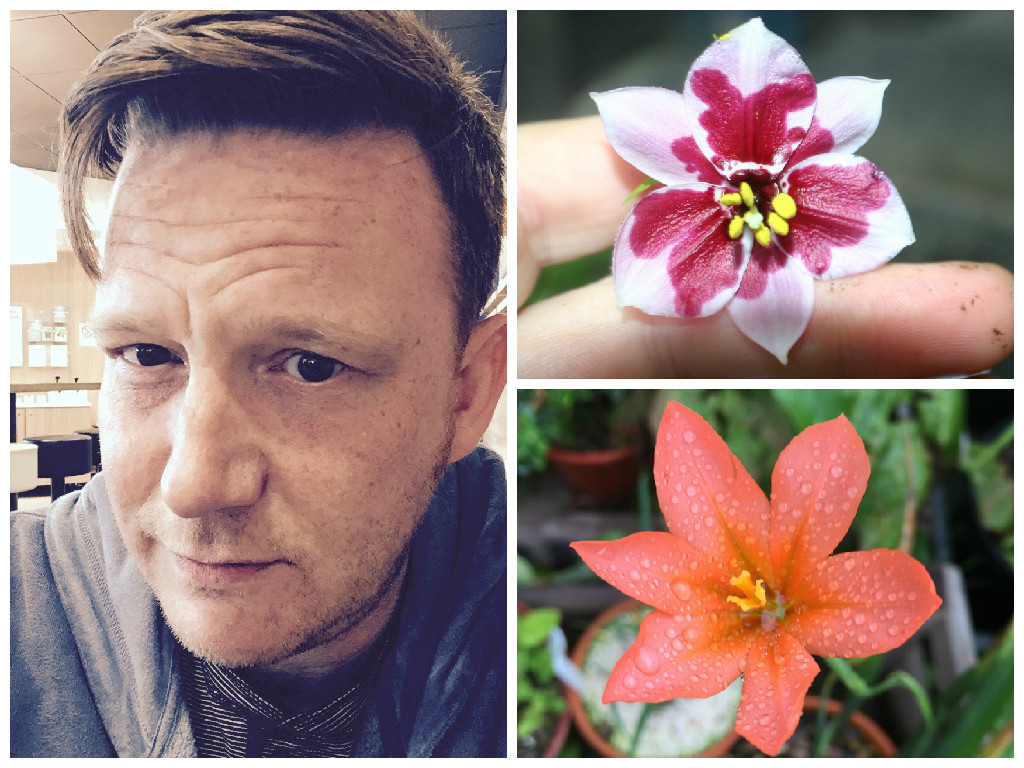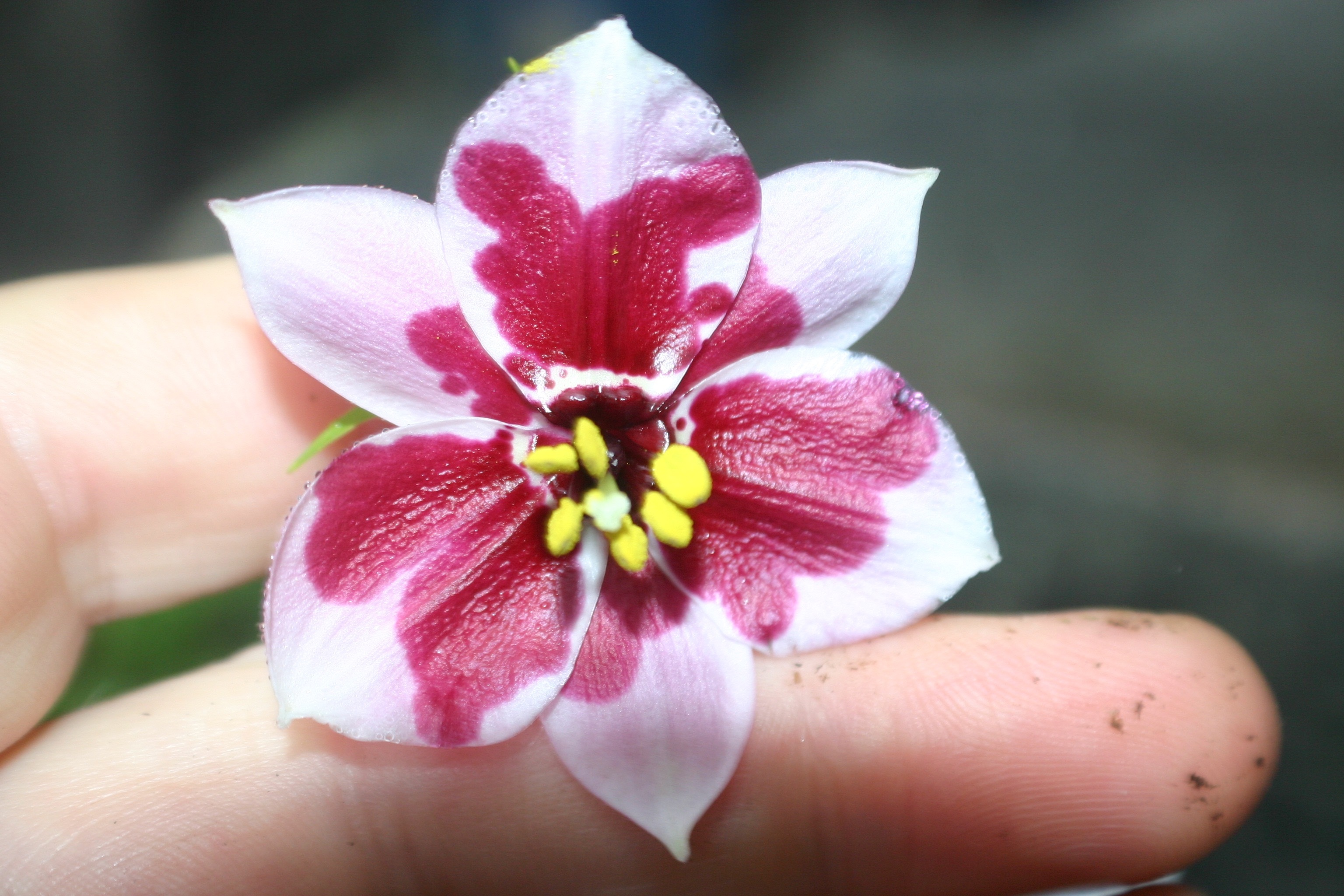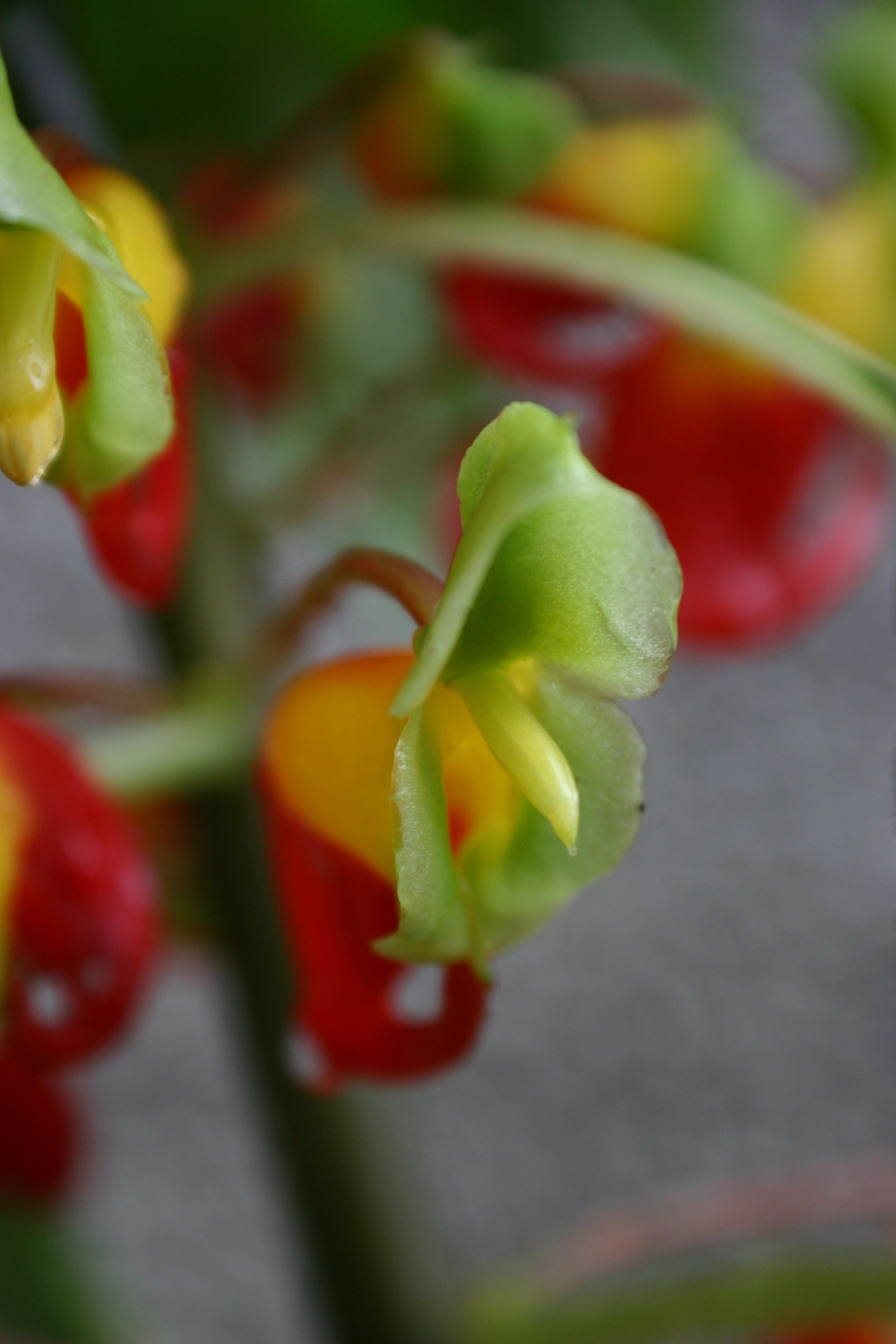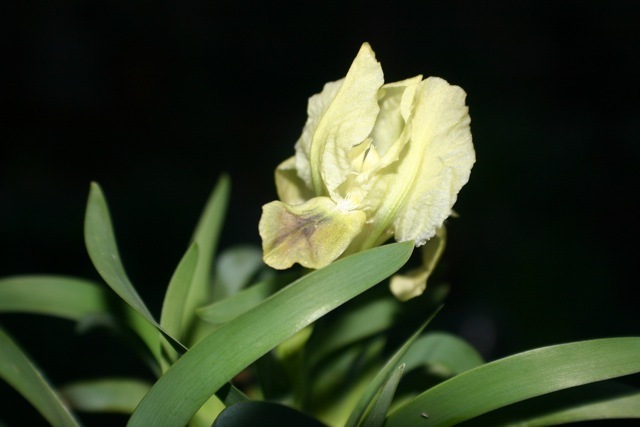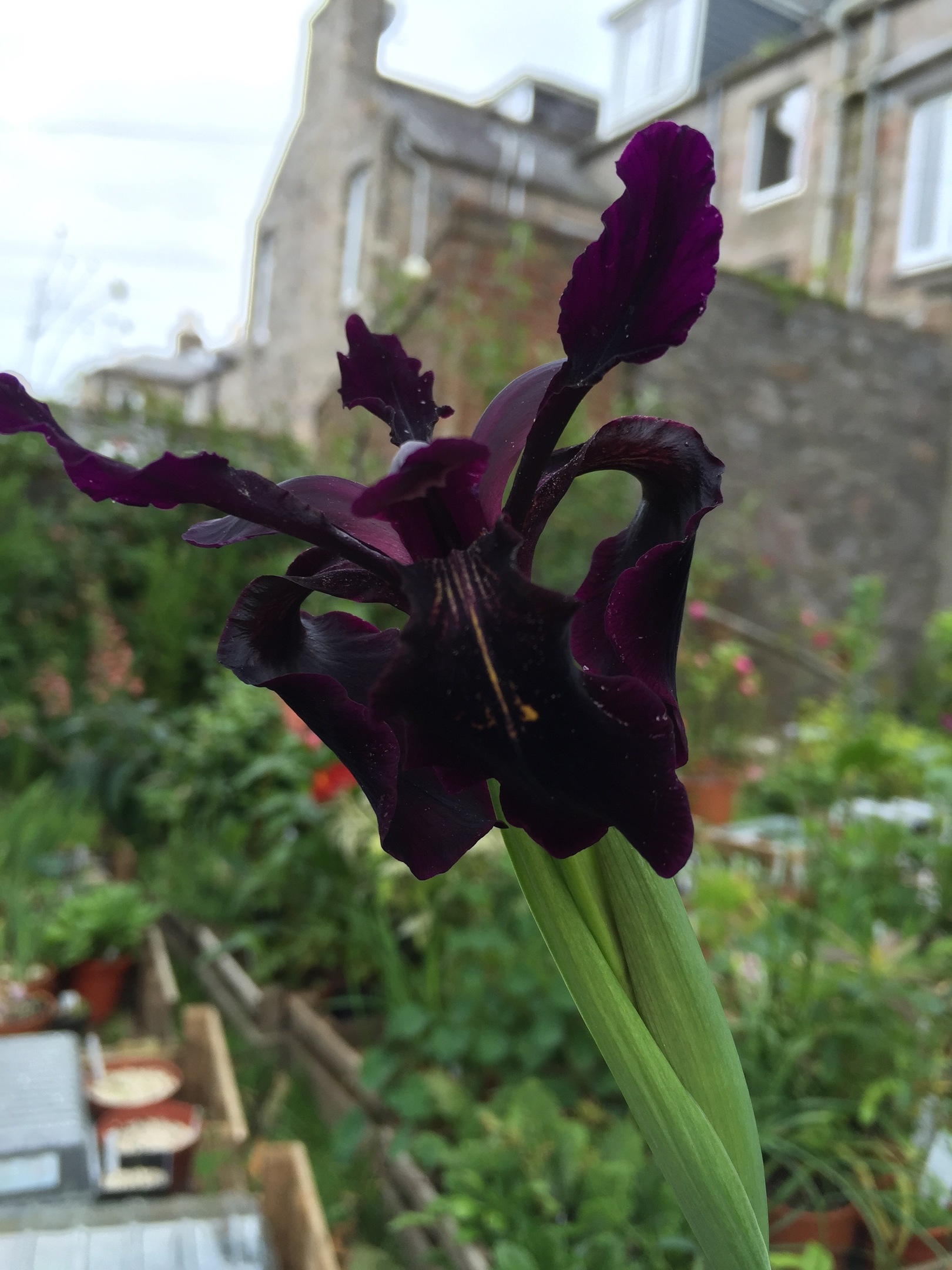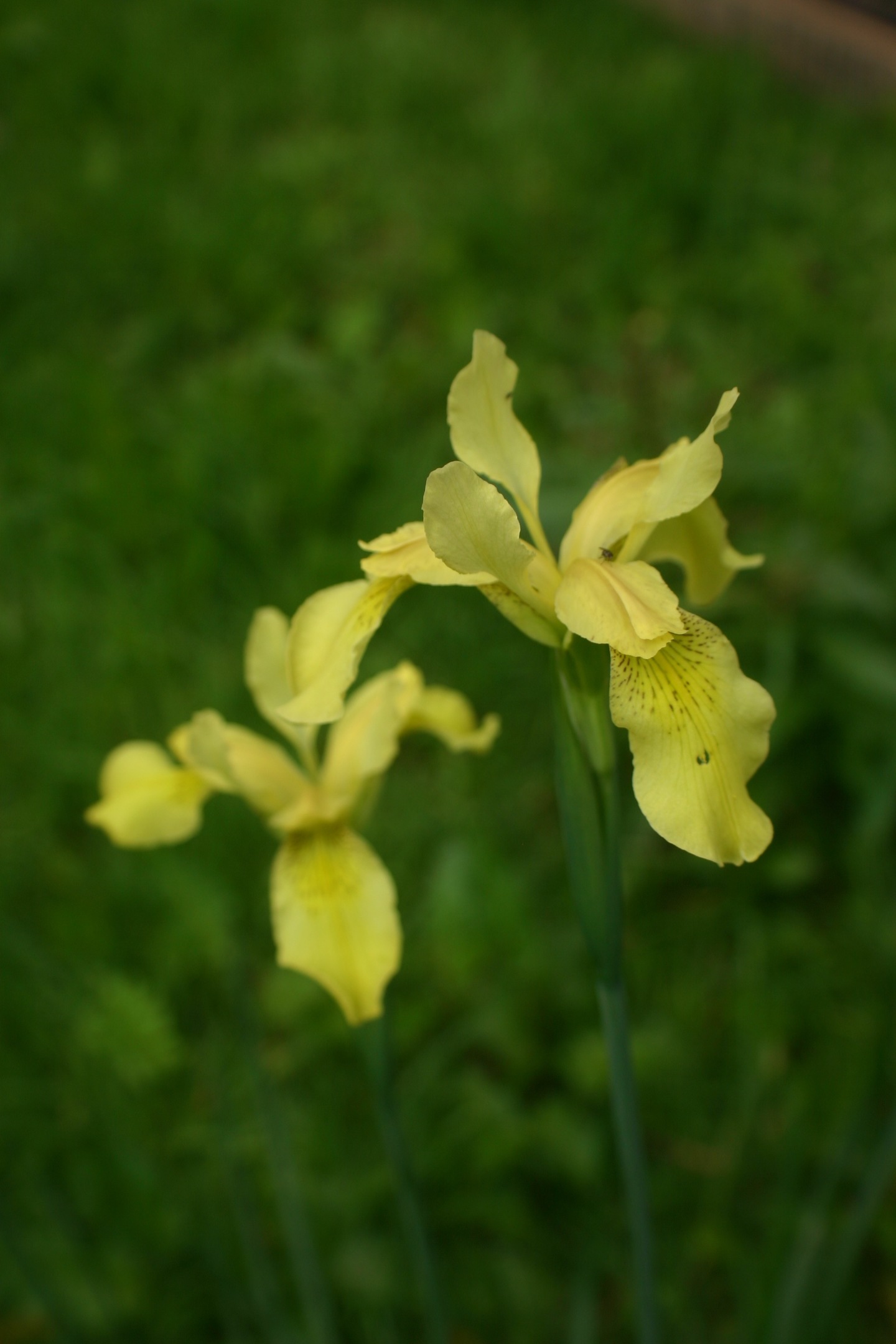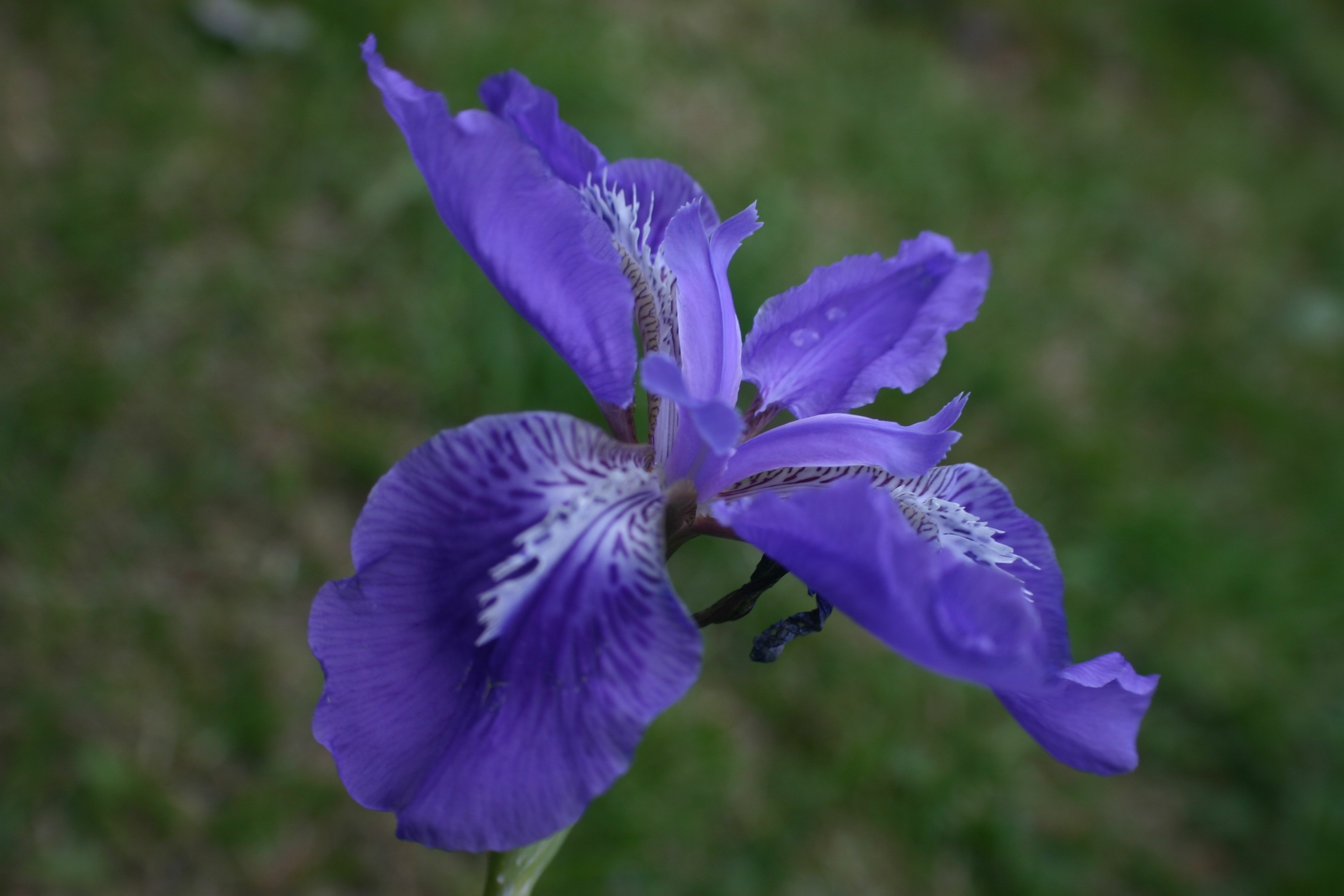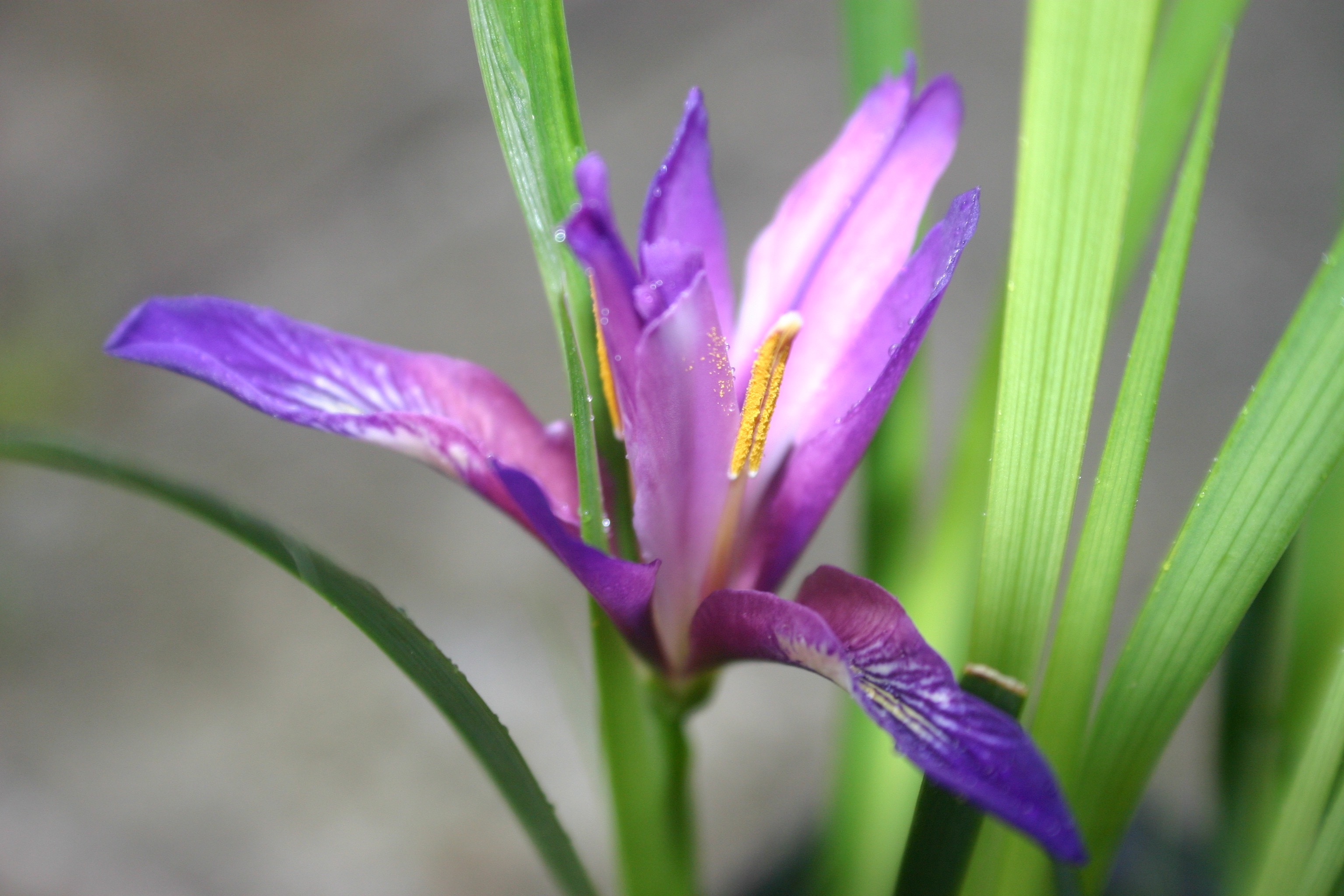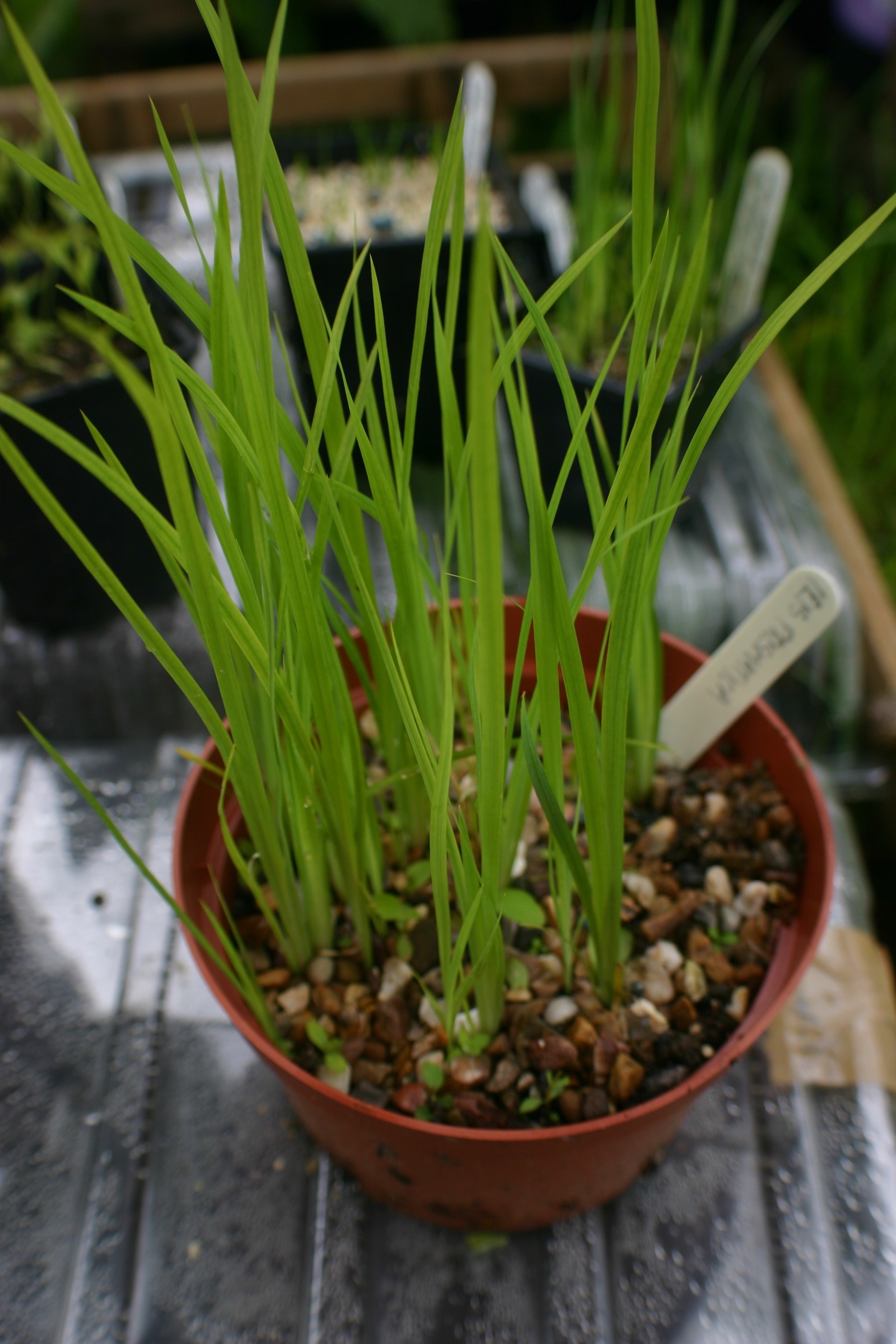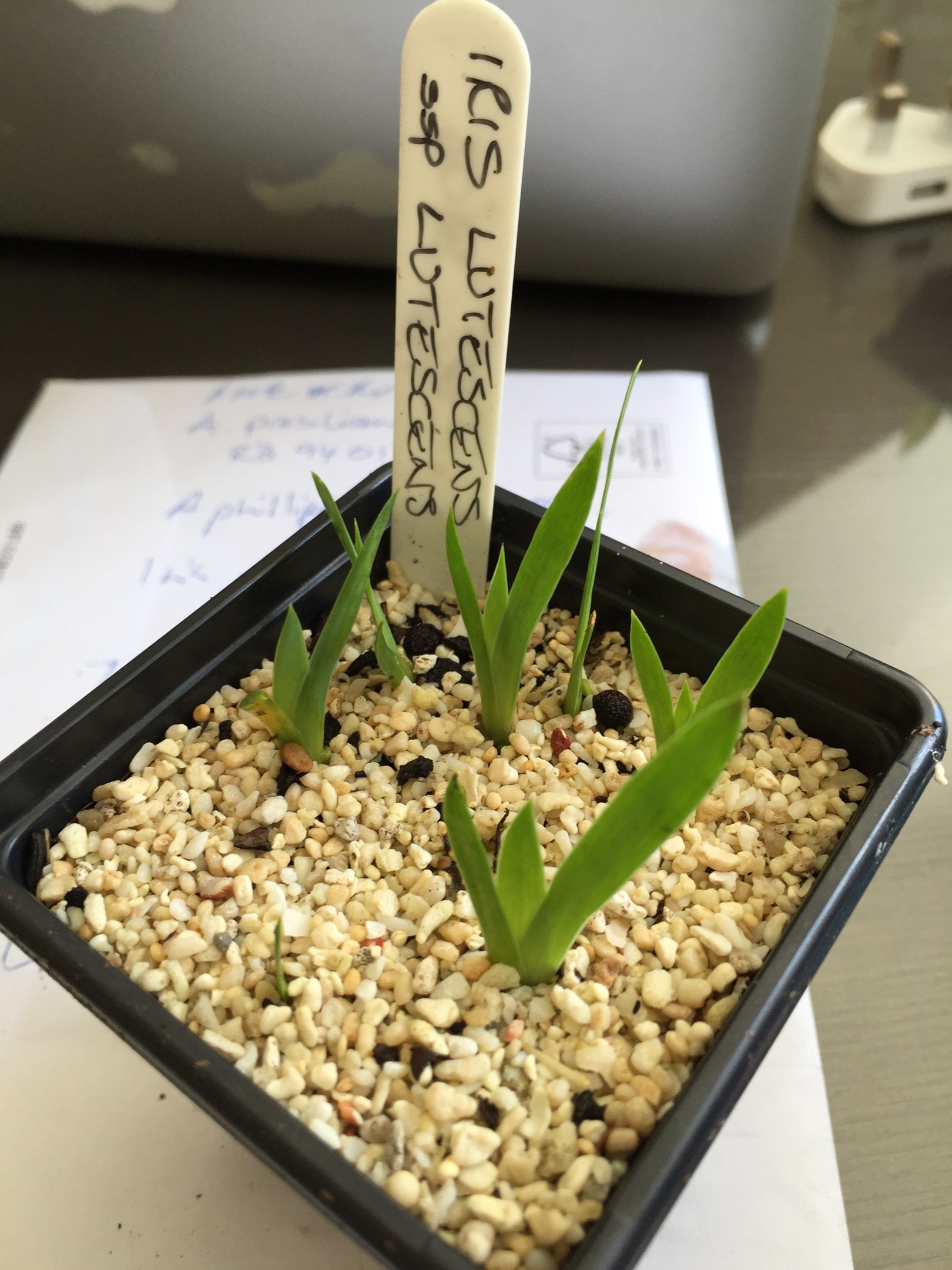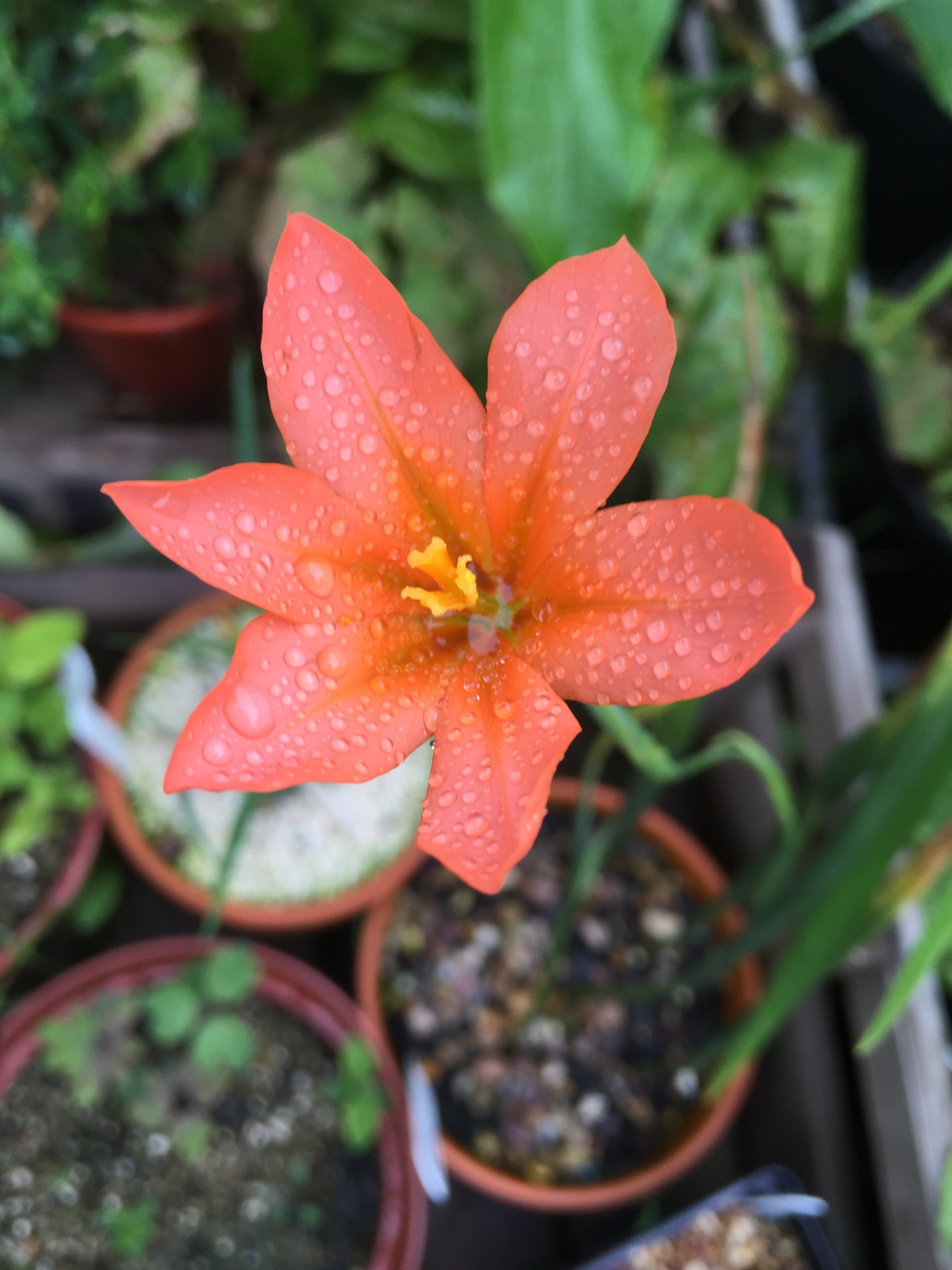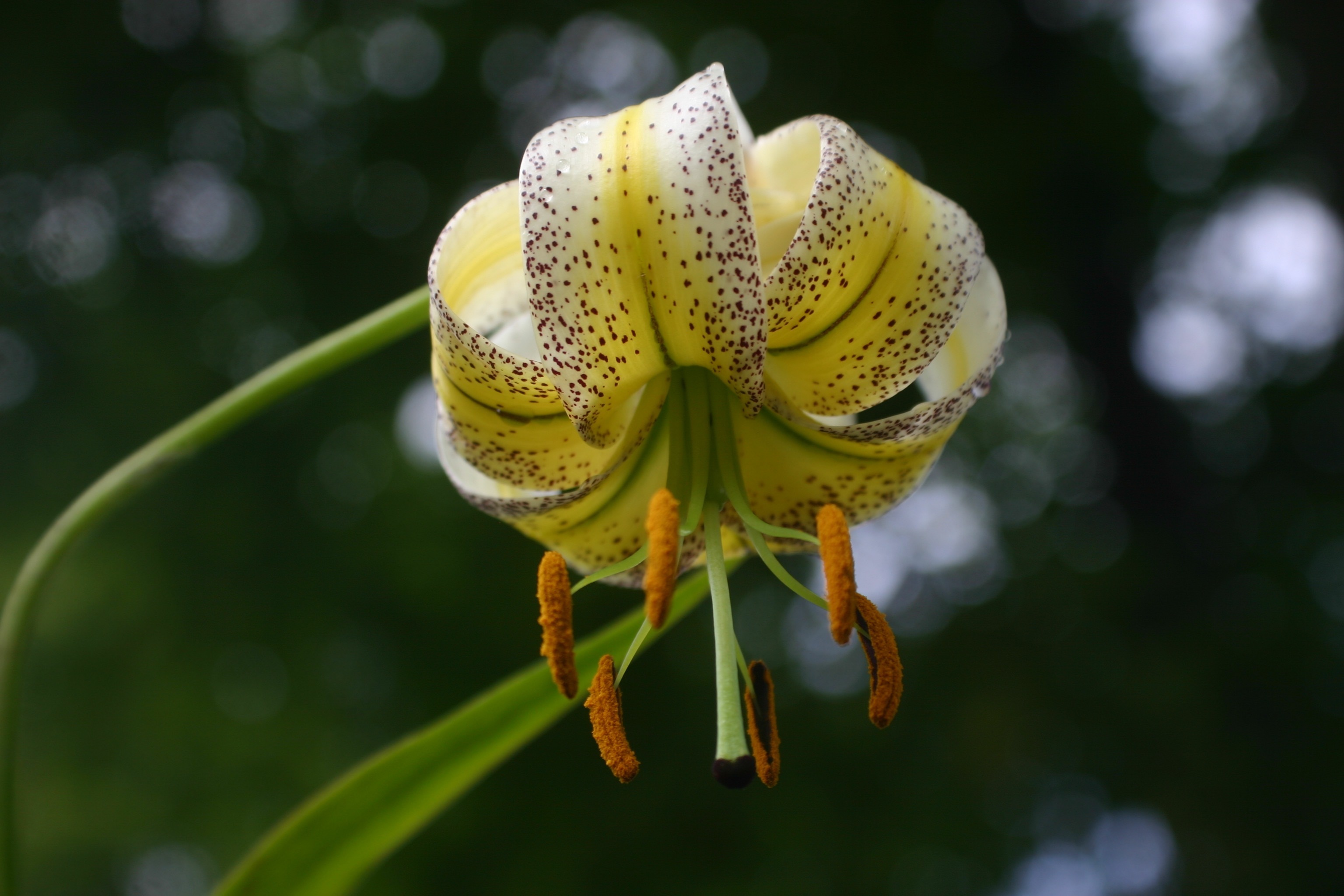Obsessive gardener and plant collector, Chris Mackay gives his first gardening instalment for the P&J…
Welcome. Did you know that the UK, and even the north and north-east of Scotland, has a climate hospitable to one of the widest ranges of ornamental plants in the world?
It’s rarely too cold, too hot, too wet (whatever you might think when you hung that washing out only for it to end up wetter than when it came out of the machine) or too dry to rule out growing pretty much anything.
Okay, what works in Aberdeen might struggle in Aviemore, and what thrives on Arran, with its access to the gulf stream, might not be so happy in Altnaharra. And if you live on Orkney, we can probably rule out anything taller than 5ft, but don’t despair!
I want to show you some of the amazing, unusual and unexpected plants we can give a home to in our corner of the world. You don’t need to be an expert, I’m not, you just have to approach things with a “this is going to thrive, make me feel a bit smug, and make my neighbours jealous” attitude rather than the prevailing “oh no, that looks too exotic, it won’t survive in my garden”.
So here’s the philosophy:
- Plants want to thrive, it’s what nature has programmed them to do. There is no other point to them.
- Gardening is meant to make you happy; it’s not about weeding, it’s about discovery, experimentation and satisfaction.
- You can grow ANYTHING from seed. Except orchids. They’re really, really difficult.
- I won’t be telling you when to plant your potatoes, if you’ve made it this far, you already know that or don’t care.Here’s my patch.
It’s bigger than it looks and is a completely blank canvas, with the exception of that enormous plane tree down the bottom. I’ve had that operated on by a professional, for a slightly frightening £450, but they’ve done a great job of opening up and raising the canopy to let as much light in as possible. This will allow a far wider range of plants to set up home in its shade but the tree is greedy for water and acts as an umbrella so the area will always be on the dry side.
Therefor I’m planning ahead. The only real dead certs for this sort of spot are our native foxglove, Digitalis purpurea, and Cyclamen.
This is a tray of young foxgloves that I raised from seed. All members of the Digitalis family are really extremely easy to raise from seed: just sprinkle thinly on the surface of a pot or tray of general purpose compost, keep just moist, and wait for a week. Then your little miracles will appear. When the leaves are large enough to handle, just “prick out” the seedlings (that basically means tease them from the soil with something akin to a pencil, keeping their roots intact and ALWAYS holding the leaf, not the tender stem) and pot on into small pots or trays with individual cells, as above.
Of course, me being me, I’m not really interested in growing our native foxglove. As well as species from around Europe, mostly the Balkans, I’ve gone for a form of Digitalis purpurea called Pam’s Choice, which is white with deep red speckles in its throat.
Unfortunately they won’t bloom until next year so you’re just going to have to imagine what they look like. Nice, eh?
And what about the Cyclamen? They’re going to cost you about £3.00 a pop for a single corm, which coincidentally is about the price of a packet of seeds. So let’s go that way.
Okay, I’m going to have to wait a year or two for flowers but this way I get far more plants for a fraction of the cost, and the satisfaction of having grown them myself. I’ve germinated eight pots of various species but these are the two most common.
Cyclamen seeds will only germinate in the dark so you need to sow them about 2cm deep and cover with compost to keep the light out. I then cover all my seed pots with a layer of gravel. This helps prevent the seedlings from rotting due to fungal attack, prevents moss forming, makes the emerging seed leaves easier to spot and, well, just looks neater. These fellas came up in three weeks when sown last month, just left in a shady corner outside.
Altogether I reckon I’ve got about 100 seedlings in shades from mauve to white and everywhere in between, so in two to three years that shaded area under the tree will be awash with colour.
Okay, I wandered way off topic, this post is called Iris Eyes Are Smiling for a reason. The Iris is my favourite genus. I remember watching an episode of Gardeners’ World when I was about 12 years old and being blown away by a feature on miniature bearded Iris.
I now grow a wide range of species, mostly from the Far East, but I also grow their relatives from other continents.
There are many groups of Iris: the delicate little reticulata bulbs that come up with the snowdrops; so-called beard irises such as the one above and its many, many relatives and hybrids in every hue except a true red (though with genetic manipulation advancing at the rate it is, this can only be a few years away. I call that cheating, the good old-fashioned transfer of pollen on a tiny paint brush from one plant to another is the way to make hybrid); and junos, oncocyclus and regalias from the Caucasus, Middle East and southern Europe (these are actually really quite difficult to grow, I will admit, but not impossible with a bit of know-how, nothing is!)
But one of the most beautiful groups is the sibiricas which, contrary to the misleading nomenclature, tend to hail from China, Nepal and Tibet.
Recently flowered with me from this group are Iris chrysographes, with its velvety, deep purple/black flowers, and I. forestii, named after Fifer George Forest, one of the great plant hunters of the 19th century. It is similar in form to I. chrysographes but sports shades of yellow flowers.
Not a sibirica but just as beautiful comes Iris tectorum, the Roof Iris, from Japan. It is so called because the Japanese would grow it on their roofs, naturally. It can take the punishment of living in such odd conditions and rewards with beautifully marked, 10cm flowers.
You might think that, by now, George Forest and his successors would have found all the Irises dotted about the world. Well, I bet you haven’t seen this before:
It’s not the loveliest bloom in the world, maybe the awkward cousin of the genus, and it only flowered for one day before shrivelling. Its name? Iris MS5. It’s so new to science that the boffins haven’t got round to naming it yet. Bet you haven’t got one in your garden!
Irises come up easily from seed. They may take some time as many species need a period of cold the professionals call stratification to germinate. This essentially replicates the weather cycle of the plant’s natural habitat. Some seeds have a built-in mechanism that prevents them germinating until winter has passed, to give them the best chance of survival.
I have seeds of several species and varieties on the go at the moment, some sown last November and others just a few months ago. Those not exposed to the winter weather are actually coming up just as well as those that spent December, January and February shivering in damp, cold compost.
The trick is to soak the seed for 24 hours are least in cold tap water. This allows the hard coat to absorb the liquid and lets the dormant embryo curled up inside know that “spring” is coming and it’s time to do some growing. There’s no greater trick to it, just press them into the surface of some seed compost, cover with 1cm of fine grit (I get mine from aquarium suppliers) and wait. They WILL come up, you might just need to wait a bit, so never chuck out an old pot.
There are members of the wider Iris family, known as the Iridacae, on every continent (ok, except Antarctica), even Oceania.
In Africa they are represented by a genus called Moraea, many species of which I’m trying from seed this year, with great success. Patience is required for all bulbs from seed, they need time to form their bulb, corm, rhizome or whatever their fleshy energy store is called, so they will take a few years to flower.
So I cheated and bought bulbs of Moraea ochroleuca, a native of South Africa. It bloomed furiously last month in shades of yellow, peach and orange. With no fuss whatsoever. I just potted them three times the depth of the bulb in a gritty compost, put them outside after the danger of front had passed by the end of May, and waited.
And that’s what this is all about. Growing the unusual, interesting and downright weird, just because we can.
So, that’s it for now but I’ll leave you with a clue as to the main subject matter of the next instalment.
Bio: Chris Mackay
At the age of four my mother gave me a tiny patch of her garden in which to grow a packet of annuals. I think it was some kind of daisy. The next year it was ornamental squashes and the year after that cacti. Almost 40 years later I’m still at it, sowing seeds and waiting excitedly like that four-year-old to see what bounty lies within those tiny hard shells. And each year, something amazes me…
